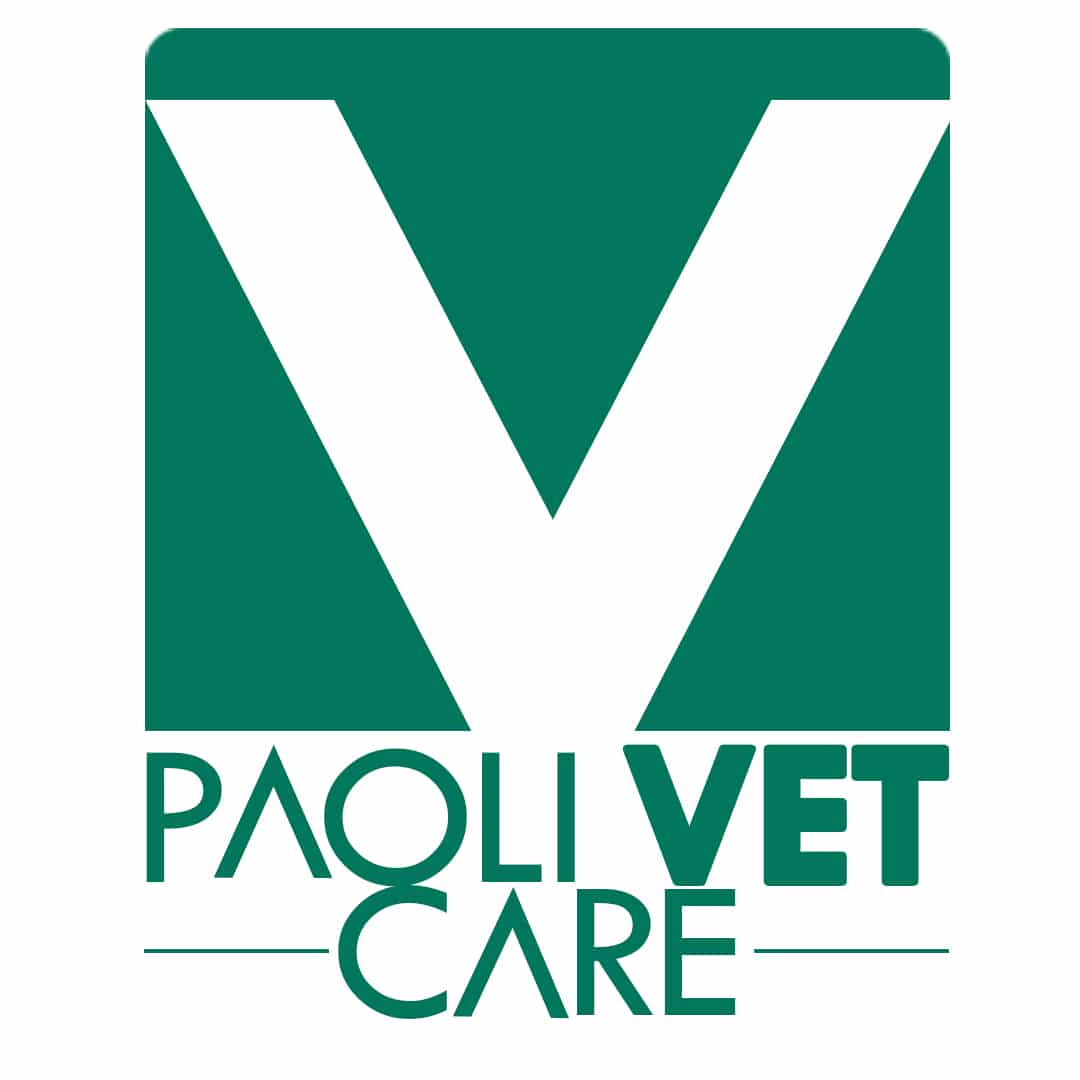No one wants to find fleas or ticks on their dogs. These small, dark, ugly creatures are external parasites that grab onto your pet’s fur and burrow into the coat where they can bite the skin and feed on blood. Parasites also don’t discriminate; fleas and ticks will live on human hosts and can spread disease. They’re more than creepy and unsightly—they are potentially dangerous. How can you prevent fleas, and what do you do if you find them?
Why Flea and Tick Prevention for Dogs is Crucial
Table of Contents
Health Risks for Dogs
Fleas and ticks pose a number of health risks for dogs. You should always talk with your trusted veterinarian about preventative care, and schedule a treatment the second you see signs of fleas or ticks. These parasites can be especially problematic for geriatric dogs, puppies, and immunocompromised pets.
If flea or tick outbreaks go unprevented, they can cause a number of problems including:
Tapeworm Infestations
Fleas can often carry tapeworm eggs, and when a dog accidentally eats the flea during grooming the eggs can grow within the dog’s small intestine. Tapeworms steal nourishment and can make your dog very sick. Most dogs can survive a tapeworm infestation without complications, but any infestation will rob your pet of nutrients often causing weight loss. If you notice your dog scooting around on the floor, the cause of this itching could be tapeworms. Talk with your veterinarian so they can prescribe medications that will kill the infestation.
Canine Bartonellosis
Fleas can carry dangerous bacteria. Bartonella can infect many different types of pets, including cats and dogs. The resulting disease is serious and can be transmitted via ticks, lice, and fleas.
If your dog has Bartonellosis, they might show symptoms including vomiting, fever, facial irritation, and diarrhea. Left untreated this disease can lead to lymph node inflammation, arthritis, liver and spleen swelling, or seizures. If you believe your dog has Bartonellosis, take them to your local veterinarian right away so that they can be treated. To best minimize contact with this disease you should start a pest prevention routine with your pet and keep them away from any areas that might contain fleas.
Anemia
A single flea is relatively harmless, but many fleas cause a problem. Fleas are tiny, and consume blood through the little bites they make on their host. This minimal impact adds up through recurring attacks by a horde, which can lead to anemia.
Anemia can be very dangerous to young dogs who already have a lower red blood cell count. This condition can lead to severe illness and death, and should be treated as soon as possible. Your veterinarian will probably prescribe shampoos, creams, and pills to help treat and prevent further infestations.
Contact Dermatitis
Flea bites cause skin irritation that’s more damaging than the bite itself. Flea saliva also triggers allergic reactions, damaging the immune system via the bite wound. The itchy, red welts that result from this are called contact dermatitis.
Any dog suffering from dermatitis will scratch, lick, or bite at the affected area. Since these actions can break the skin, they can actually reopen wounds and cause further damage to themselves, sparking secondary infections. Your veterinarian will prescribe preventative medications that will keep fleas from biting your pet’s sensitive skin. It’s also a good idea to do your part by regularly mowing your lawn and vacuuming your home.
Health Risks for Humans
Fleas aren’t only dangerous for pets—they can cause health risks in humans as well. Most people who get bitten by fleas might not acquire any noticeable symptoms. Still, small children and immunocompromised people might have a bad reaction. Anyone who is allergic to flea bites might notice swelling or itching, and the skin could become irritated and painful around the bite. Sometimes hives or a rash might appear, and scratching will lead to a worsening secondary infection.
Fleabites can cause a couple of primary complications: allergic reactions and secondary infections. Since flea bites can become infected, there might be swollen glands and extreme pain around the bite. In some cases, a flea might carry typhus, cat scratch fever, or other diseases. Your local vet provides the important veterinary services needed to prevent the occurrence of these issues.
Seek medical attention immediately if a flea-bitten person shows these signs:
- Difficulty breathing
- Nausea/Dizziness
- Swelling around the lips or face
Home Infestation
One of the leading causes of a flea or tick outbreak on your pet is home infestation. Pets can become infested by rolling around on your lawn, and then they come inside and bring their new friends with them. This leads to an even bigger infestation, and once fleas lay eggs in your home it can become extremely frustrating to deal with them. The average flea life cycle is 14 days, which means that if you’ve treated your home you’ll need to do it again in two weeks. Many people only treat their homes once, leading to potential outbreaks.
Types of Flea and Tick Preventatives
Tick and flea treatments are immensely important. There are a number of different preventatives that can be administered to your pet, and you should always consult with your veterinarian first.
Topical Solutions
Prevention is a much easier course than treatment, especially when it comes to fleas and ticks. Topical treatments and solutions are one of the most effective methods, as these spot-on medications can be applied monthly and are both easy and popular. Many different products feature a bounty of benefits, but it’s best to consider your pet’s daily life when purchasing a topical treatment. If you’re confused as to what topical solution to buy, consult with your local trusted veterinarian.
Indoor pets might not need the same topical treatments as outdoor pets, and the same goes for dogs that spend a lot of time in water versus dogs that don’t go outside much. Your veterinarian will be able to help you find the perfect topical treatment for your pet.
Oral Medications
Oral treatments and medications such as chewables and pills are meant to be ingested rather than applied. These medicines contain different active chemicals, and can last up to a few days or even a month. Your veterinarian might prescribe oral medications for your dog because they are faster-acting than topical treatments, with stronger insecticides.
Collars
Flea collars are a useful preventative tool that can help your pet fight against fleas and ticks. While they are useful, they’re not actually appropriate for every pet and every situation. Pets that spend most of their time outdoors might need a flea collar, but they aren’t the best preventative protection when used alone. When a flea collar is used in conjunction with other insecticidal products, they can really do their job. As the technology improves, flea and tick control collars are becoming safer and more advanced, and your veterinarian might recommend them paired with other preventative measures.
Shampoos and Sprays
One of the best preventative options for pets is insecticide shampoos and sprays. These products contain active ingredients and medications designed to coat the pests and kill them on contact. However, some dogs are sensitive to these medications, which means they might experience some unwanted side effects. If your pet is allergic to any of the active ingredients in a shampoo it’s best to avoid that product and try a different preventative measure.
It’s important to prevent fleas and ticks. Your local veterinarian should prescribe flea and tick shampoos that use all-natural ingredients. Cedar, peppermint, cinnamon, and rosemary oils can kill fleas and ticks without harming your dog (plus they will make your pet smell great!). Essential oils are powerful preventatives that can ward your dog in the first place, and it might be a good idea to continue using these products to ensure that your pet stays tick-free and clean.
Injections
Regularly scheduled vaccinations are the best way to ward your pet from flea and tick infestations and illnesses. Vaccines protect your pet against a number of fatal or debilitating infectious diseases, and your veterinarian will discuss with you the best vaccination protocol to keep your pet happy and healthy.
Your veterinarian takes into account your pet’s age, lifestyle, and activities. They will also follow all current guidelines on vaccine types, frequency of use, and more to ensure your pet is protected from any potential diseases. If your pet has any health problems or a history of autoimmune disease, there are other recommendations your veterinarian might make. Your pet’s health and well-being is extremely important, which is why it’s strongly recommended to take your pet to all their regular vet appointments and stay up to date on their vaccinations.
NexGard Plus
What is NexGard Plus?
NexGard® (afoxolaner) is a veterinarian-recommended flea and tick protection medicine. It’s safe for dogs, and each beef-flavored soft chew is designed to be delicious and easy to take. NexGard has been shown to be preferable over the competition and is safe for both puppies and older dogs. This monthly protection keeps your dog safe from fleas, ticks, heartworm disease, roundworms, and hookworms.
What Are the Active Ingredients in NexGard Plus?
Afoxolaner
This active ingredient is used to prevent and treat flea and tick infestation in dogs. It can also be used to prevent Lyme disease. After being ingested, afoxolaner distributes throughout the dog’s body, so that when fleas or ticks bite they are exposed to the drug and die. Afoxolaner can be used to treat mange, ear mite infestations, and sand fly infestations.
Moxidectin
Moxidectin is used to prevent and control parasitic worms in dogs and other mammals. It kills some of the most common internal and external parasites, and selectively binds to a parasite’s vital internal channels. It results in the paralysis and death of the parasite. It’s used medicinally to prevent heartworm in dogs.
Pyrantel
Pyrantel is an antiworm medication commonly used to treat hookworm, roundworm, and other worm infections in pets.

How Does NexGard Plus Work?
Nexgard contains powerful ingredients such as afoxolaner, which kills fleas and ticks through selectively binding chloride channels in the insect nerve cell membranes. This means that it solely attacks the central nervous system of the flea or tick, resulting in paralysis and death. Since insect nervous systems are different from mammalian nervous systems, this incredible science only attacks the parasites and is safe for use in dogs.
Benefits of Using NexGard Plus for Flea and Tick Prevention
There are many benefits of using NexGard Plus including:
- A soft beef-flavored chew that dogs enjoy
- It kills fleas and ticks fast, often within 4-8 hours
- You can give it to your pet with or without a meal
- NexGard is proven safe for all breeds of dogs
- Puppies as young as 8 weeks can take NexGard
- Oral medication—your dog can swim and play after taking it
- No messy liquids or separate treatments
- Can be used on dogs of different weight ranges
- Ticks can’t hide from the medication
How to Administer NexGard Plus
NexGard PLUS can be safely administered with or without food. Since it is administered orally, you need to ensure that your dog consumes the complete dose and doesn’t lose or refuse a partial dose. If your pet misses a dose, administer a PLUS chew and then resume their normal monthly dosing schedule.
What Flea and Tick Medicine Do Vets Recommend?
NexGard PLUS is a veterinarian-recommended product because it is safe to use and easy to administer. This one-and-done monthly protection is delicious for dogs and provides 30-day flea and tick protection that actually works. NexGard PLUS prevents heartworm disease, treats roundworms and hookworms, and ensures that your pet stays completely flea and tick-free. If you have any additional questions about NexGard PLUS or any other preventative medicine, your local veterinarian will be more than happy to consult with you.
Conclusion
Flea and tick prevention is immensely important as it keeps your pet happy and healthy and saves you major headaches down the line. While you can treat a flea infestation, it’s much more costly and time-consuming than simply going through the effort of preventing the outbreak in the first place. As discussed above, there are a number of different preventative measures that a conscious pet owner can take, and you should consult your local trusted veterinarian if you want to know more about proper flea and tick prevention.
NexGard PLUS, available at Paoli Vetcare and other trusted veterinary clinics, is a reliable choice in the world of preventative medicine. Since it’s a monthly chewable, it lasts for 30 days and is easy to administer. It will keep your dog happy and healthy and ensure that even the most outdoorsy pets don’t succumb to painful infestations. Don’t hesitate to book a new client exam today and ensure that your dog is given the treatment they deserve!







